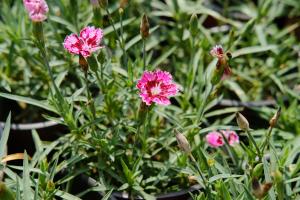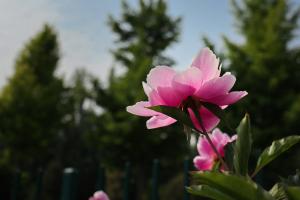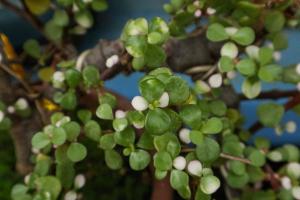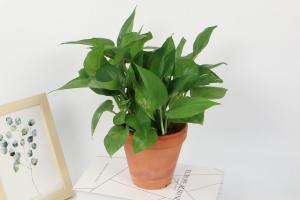How to Make Pot Plants Purple
Adding some color to your pot plants is a great way to enhance the ambiance of your indoor or outdoor space. If you are looking for a unique and striking color, purple may be the right choice for you. Here are some tips on how to make pot plants purple.
Choose the Right Plant
The first step in making your pot plants purple is to choose the right plant. Not all plants have the ability to produce purple leaves or flowers. Some popular purple plants include the purple shamrock, purple basil, lavender, and violas. When selecting a plant, make sure to choose one that is known for producing purple foliage or flowers.
Add the Right Nutrients
Adding the right nutrients to your plant’s soil can help enhance its purple color. Potassium is a nutrient that is known to promote purple coloration in plants. You can add potassium to your plant’s soil in the form of potash or a potassium-rich fertilizer. However, make sure to follow the instructions carefully to avoid overfertilizing your plant, which can cause damage or even death.
Adjust the pH Level
The pH level of your plant’s soil can also affect its color. For purple plants, a slightly acidic soil with a pH level between 6.0 to 6.5 is ideal. You can test the pH level using a soil testing kit that is available at most gardening stores. If the pH level is too high, you can lower it by adding acidic substances such as sulfur. If it’s too low, adding lime or other alkaline substances can help balance it out.
Control the Light Exposure
The amount of light your plant receives can also affect its purple coloration. For instance, if your plant doesn’t receive enough light, it may develop a dull or pale purple color. Alternatively, if your plant receives too much direct sunlight, it may develop brown or yellow spots on its leaves or flowers. To achieve a vibrant purple color, make sure to place your plant in a location where it can receive plenty of bright but indirect light.
Conclusion
Making your pot plants purple can be a fun and rewarding experience. By choosing the right plant, adding the right nutrients, adjusting the pH level, and controlling the light exposure, you can achieve a beautiful and striking purple color. However, remember to be patient and follow the instructions carefully to avoid damaging your plant. With a little bit of care and attention, your pot plants can become a colorful and eye-catching addition to your indoor or outdoor space.

 how many times do yo...
how many times do yo... how many planted tre...
how many planted tre... how many pine trees ...
how many pine trees ... how many pecan trees...
how many pecan trees... how many plants comp...
how many plants comp... how many plants can ...
how many plants can ... how many plants and ...
how many plants and ... how many pepper plan...
how many pepper plan...
































